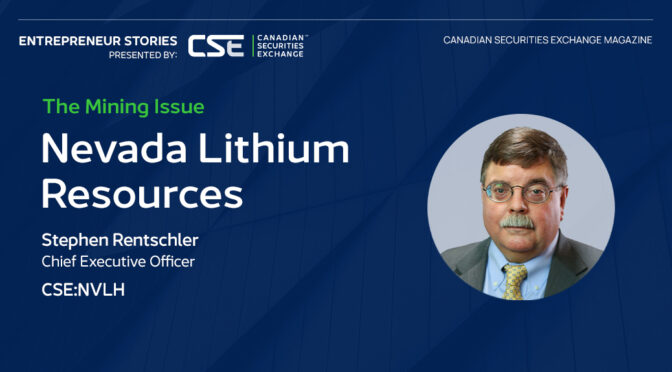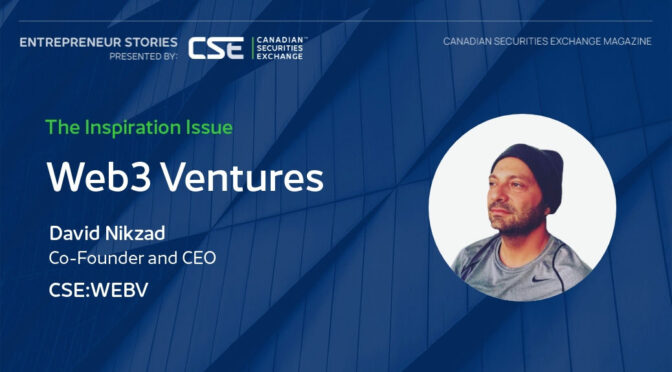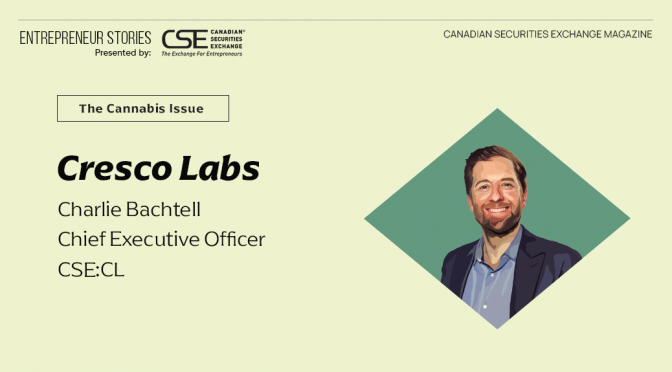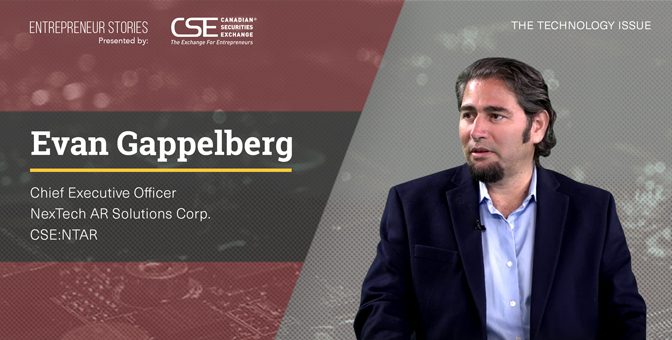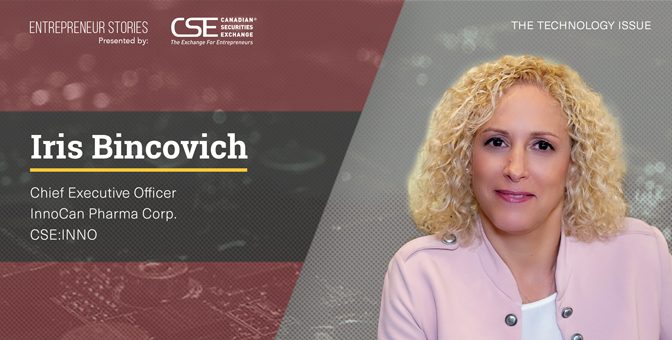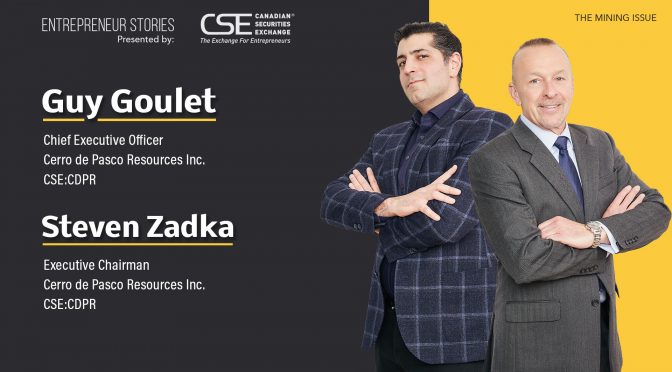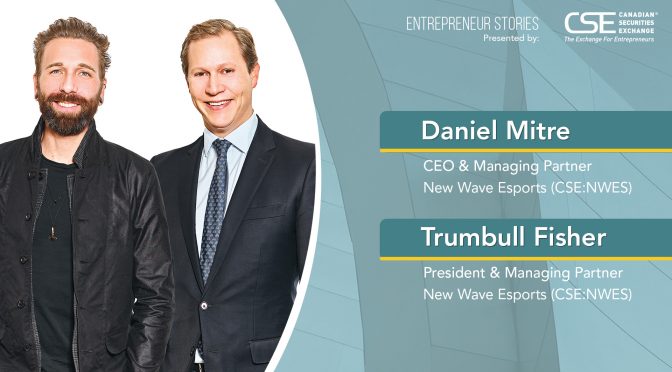Some 200 kilometres from Las Vegas sits Sarcobatus Flat. It is a massive dry lakebed, similar to its nearby neighbour Area 51, the birthplace of generations of advanced U.S. aircraft and, according to some, home to who knows what else.
Sarcobatus Flat is part of the Nevada desert and you can see it for miles due to an eye-catching surface that looks like a dusting of snow. Underneath that white blanket of salts lies what Mining Intelligence ranks as the third-largest lithium clay and hard rock project in the world, Bonnie Claire.
This is the project proudly held by Nevada Lithium Resources (CSE:NVLH). The company has 18,300 acres of land at Bonnie Claire and has completed a Preliminary Economic Assessment (PEA). By the numbers, the project contains 18.37 million tonnes of Inferred lithium carbonate equivalent.
That’s all the more notable when one considers that the global lithium market is projected to hit sales of US$15.45 billion by 2028, according to data from Research and Markets.
Canadian Securities Exchange Magazine sat down with Chief Executive Officer Stephen Rentschler to discuss what’s coming next at Bonnie Claire and the future of lithium as a commodity.
Let’s begin with an overview of Bonnie Claire. When you engage with new investors during presentations, how do you articulate what Bonnie Claire entails?
Bonnie Claire is an advanced lithium exploration project located in Nevada, two and a half hours northwest of Las Vegas. Our project gate is 50 metres from Interstate 95 and high voltage power wires traverse the entire length of our property, which is the size of Manhattan Island.
We’ve finished a PEA and have a robust project of substantial scale, projecting an annual output exceeding 30,000 tonnes over a mine life of 40 years. Even at conservative lithium prices, the PEA suggests a project with a net present value exceeding US$1.5 billion.
And while we have more than enough resource already, the prospect of discovering additional resources remains a distinct possibility.
I also tell investors that although Bonnie Claire is often referred to as a clay deposit, a nuanced understanding is required because sedimentary deposits are relatively new to the scene. The world has simply never needed the lithium they contain. South American salars (salt flats), and then the hard rock deposits, had been forecasted to provide the needed lithium supply.
But now, with the world significantly increasing the projected number of electric vehicles (EVs) on the roads, a third category has entered the scene: the sedimentary deposits, often referred to as clays, which in the U.S. are predominantly found in Nevada. These sedimentary deposits tend to be of lower grade compared to many hard rocks, and even some brines. However, in Nevada, the size is the key. Lower grade is compensated for by vast tonnages.
Typically, I finish my presentation by telling investors that in just over two years, Nevada Lithium Resources has gone public on the CSE, acquired progressively larger percentages of this world-class project, and last summer consolidated 100% ownership of the property. Now, we are in the initial stages of introducing ourselves to the investing public, leveraging our new full ownership status.
Is the next step in this process a Preliminary Feasibility Study?
Yes, and ideally our Preliminary Feasibility Study (PFS) should be completed around the close of 2024, plus or minus a few months. Following the PFS, we envision launching immediately into a Feasibility Study that we think will take two years to complete.
Unlike the output of many of the lithium projects being developed globally, Bonnie Claire’s lithium will not need to go somewhere else for conversion into battery-grade material. Our lithium will be ready for immediate use, ideally in one of the many U.S. or Canadian battery plants that are currently being developed. This will allow end users of Bonnie Claire’s lithium to extract maximum value from the tax credits offered by the U.S. Inflation Reduction Act.
It’s interesting to see different methods for exploring for lithium within the sector. How would you characterize your process and how does execution and cost differ when pursuing lithium at your project as compared to other approaches?
Because of the expansive nature of the sedimentary deposits, a considerable amount of drilling is needed to adequately define the resource. In the case of Bonnie Claire, which has a massive footprint, the drilling is laterally expansive, already covering multiple kilometres. And because of the tremendous columns of lithium we’ve encountered, the drilling is very deep. Our latest assay results have shown even higher grades over almost an additional 200 metres below our deepest holes. So, for us, making sure we are not missing the best mineralization will cost additional money. This is not a small pegmatite field that we are drilling out.
Another difference with our process goes back to the distinction between sedimentary and clay-hosted lithium mineralization. In simple terms, our recovery flow sheet is significantly different than most of the other Nevada-based projects because our localized geology is different. Our lithium is not bound in the clays, so we avoid the use of sulphuric or hydrochloric acid to liberate the lithium. This is an important part of our ESG (environmental, social and governance) profile that we think differentiates us from our peers and makes our lithium particularly attractive to lithium end users.
Looking ahead, how do you position the company to emerge as a key player in the lithium space?
I am convinced that there is a secular supply-demand mismatch due to the global commitment to an EV future. Given the tremendous economic and geopolitical advantages of our Nevada location, we want to build a world-scale lithium mine, producing battery-grade lithium headed for the U.S. auto market. And we want to do that as quickly as possible.
Part of our strategy is to use our management team’s collective experience to proactively mitigate the effects of obstacles that will always emerge during the development of a natural resource asset. At the same time, we are working to achieve important technical milestones as early as possible. An example of this is having already proved our ability to produce battery-grade lithium carbonate, which we believe differentiates us from many other lithium developers.
In my opinion, Nevada will emerge as the centrepiece of the future U.S. lithium supply chain, and our intent is to leverage Nevada’s location, history and culture. Nevada is perennially ranked as one of the very top mining jurisdictions in the world, with a rich history of gold, silver and copper production. A recent trip to Canada by Joseph Lombardo, Governor of Nevada, showcased his intent to extract maximum value from the lithium industry for his state. Concurrently, Nevada Lithium intends to extract part of that value for its shareholders through the responsible development of Bonnie Claire.
This story was featured in Canadian Securities Exchange Magazine.
Learn more about Nevada Lithium Resources at https://nevadalithium.com/.

